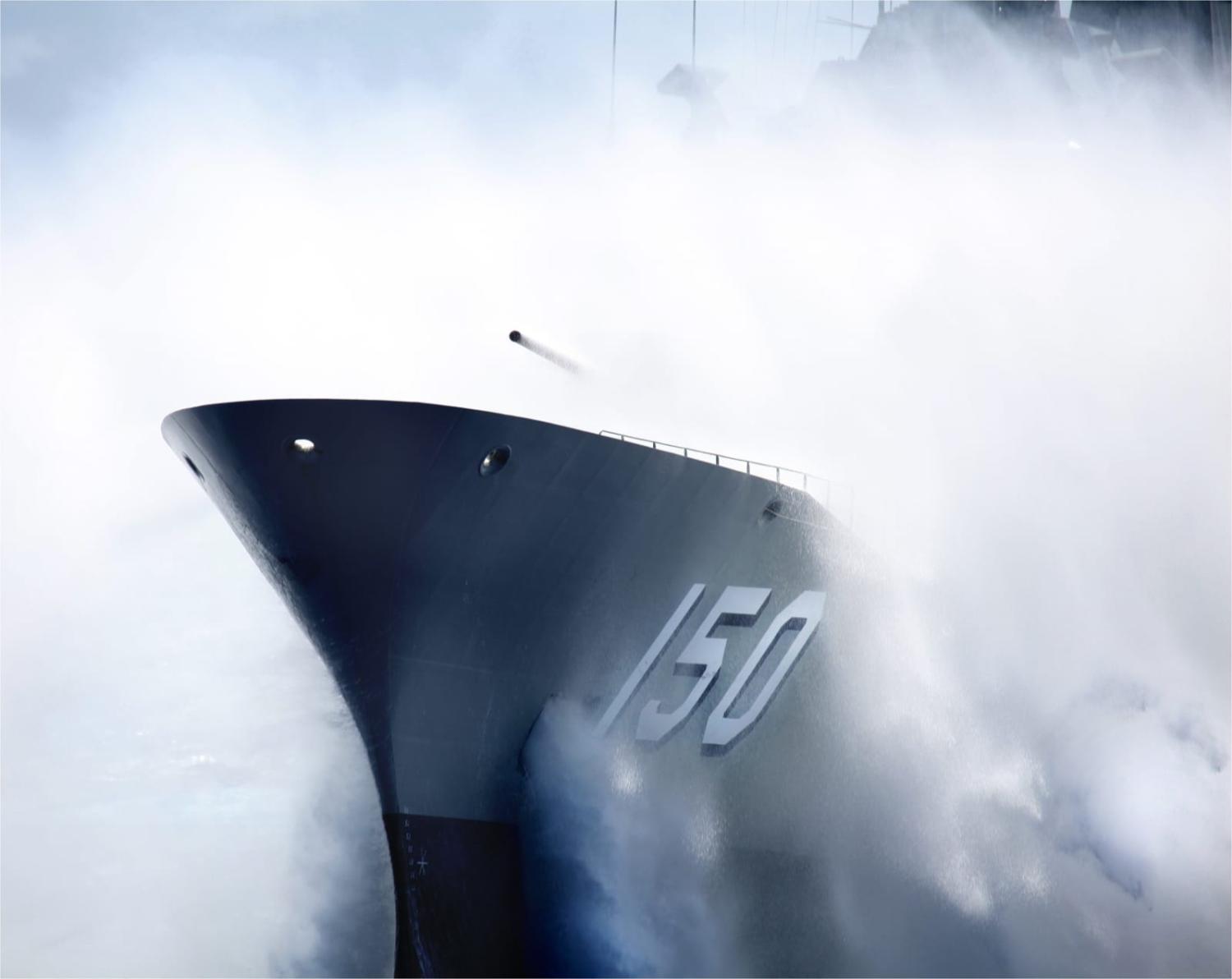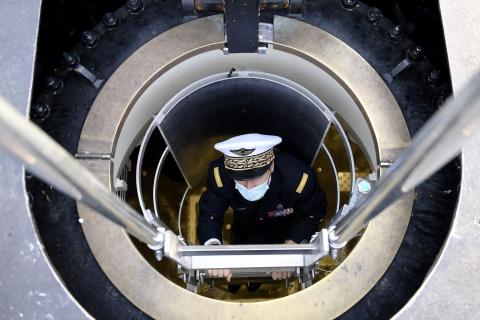Australia looks set to make a big decision about the future of its navy – and this time, it’s not submarines.
We are days away from the release of the Surface Fleet Review, a report the government commissioned to consider the future of the Royal Australian Navy’s fleet of warships. And while in recent times most of the focus in defence debates has been on how the acquisition of nuclear-powered submarines under the AUKUS pact could eat the navy, the very real world examples of an actual war appear to have serious consequences for surface warfare. And this carries lessons for Australia.
Yesterday, we learned that the Ukrainian military had sunk yet another Russian warship, an amphibious landing ship which, judging by the size of the secondary explosions when it was struck by Ukrainian drone boats, might have been transporting ammunition for Russian forces:
This is just the latest in a series of Ukrainian strikes against Russian warships. A few weeks ago, it was a missile corvette, also struck by drones, and before that, Ukraine launched a series of strikes against naval craft in Crimean ports, even destroying a Russian submarine in dry dock. And of course, Ukraine sank the Russian Black Sea Fleet’s flagship, the Moskva, in April 2022.
The remarkable fact is that Ukraine is doing all this damage while not having a navy of its own. Ukraine scuttled its only major warship on the opening day of the war for fear that it would be captured. Instead, Ukraine focused its attention on missiles and drones. All of these successful strikes have been conducted by missiles launched from land, missiles launched from aircraft that took off from land, or naval drones launched from land. It’s not a vast exaggeration to say that the naval war is being won by the side that doesn’t have a navy.
So, is that the lesson for Australia – that we abolish the navy and just buy missiles and drones instead? Definitely not. Given the size of the landmass, the cheapest and easiest way to defend Australia is to protect its maritime approaches.
Rumour has it that the troublesome Hunter-class frigate program will survive the review, and may even prosper into a larger class of ships.
But the Ukraine war should encourage some deep reflection about the future of big warships. They cost billions apiece yet are highly vulnerable to missiles and drones that cost a fraction of the price. And if you think Ukraine’s arsenal is effective, wait until you see the vast array of anti-ship weapons China has amassed in recent decades. In a major war, the oceans will not be safe for surface ships.

